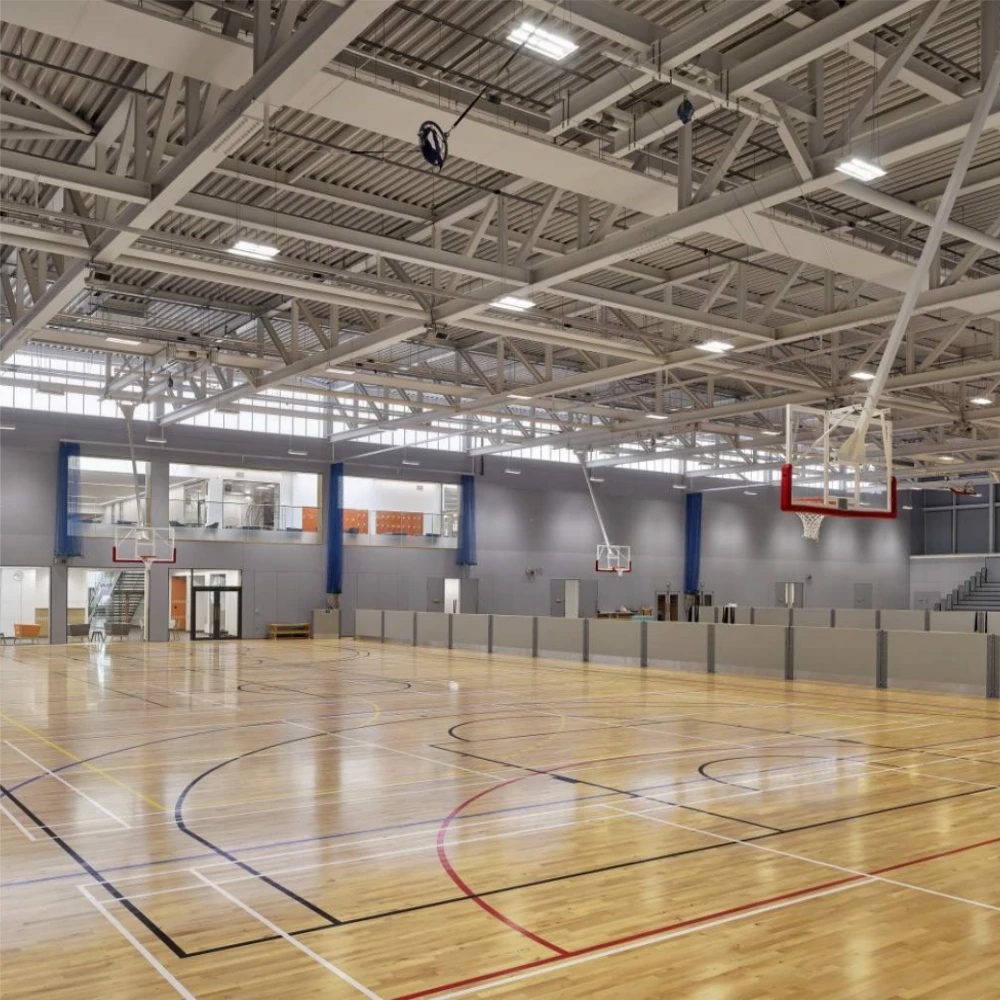- Afrikaans
- Albanian
- Amharic
- Arabic
- Armenian
- Azerbaijani
- Basque
- Belarusian
- Bengali
- Bosnian
- Bulgarian
- Catalan
- Cebuano
- Corsican
- Croatian
- Czech
- Danish
- Dutch
- English
- Esperanto
- Estonian
- Finnish
- French
- Frisian
- Galician
- Georgian
- German
- Greek
- Gujarati
- Haitian Creole
- hausa
- hawaiian
- Hebrew
- Hindi
- Miao
- Hungarian
- Icelandic
- igbo
- Indonesian
- irish
- Italian
- Japanese
- Javanese
- Kannada
- kazakh
- Khmer
- Rwandese
- Korean
- Kurdish
- Kyrgyz
- Lao
- Latin
- Latvian
- Lithuanian
- Luxembourgish
- Macedonian
- Malgashi
- Malay
- Malayalam
- Maltese
- Maori
- Marathi
- Mongolian
- Myanmar
- Nepali
- Norwegian
- Norwegian
- Occitan
- Pashto
- Persian
- Polish
- Portuguese
- Punjabi
- Romanian
- Russian
- Samoan
- Scottish Gaelic
- Serbian
- Sesotho
- Shona
- Sindhi
- Sinhala
- Slovak
- Slovenian
- Somali
- Spanish
- Sundanese
- Swahili
- Swedish
- Tagalog
- Tajik
- Tamil
- Tatar
- Telugu
- Thai
- Turkish
- Turkmen
- Ukrainian
- Urdu
- Uighur
- Uzbek
- Vietnamese
- Welsh
- Bantu
- Yiddish
- Yoruba
- Zulu
Nov . 13, 2024 08:01 Back to list
The Importance and Applications of Construction Steel Beams
When it comes to modern construction, one cannot overlook the pivotal role played by steel beams. These structural components are fundamental to the integrity and longevity of buildings, bridges, and various infrastructures. Steel beams are preferred in construction for their strength, durability, and versatility, making them an essential material in engineering and architecture.
The Properties of Steel Beams
Steel beams are typically made from structural steel, which encompasses a range of steel grades. These beams possess high tensile strength, which allows them to support substantial loads while maintaining structural integrity. Furthermore, steel is resistant to many environmental factors such as rot, pests, and extreme weather conditions, which contributes to the longevity of structures. The ability to easily work with steel—cutting, welding, and forming—makes it a favored choice over traditional wood or masonry materials.
One of the most significant advantages of using steel beams is their lightweight nature relative to their strength. This characteristic enables builders to transport and install them easily, reducing labor costs and construction time. Additionally, steel beams can be prefabricated, allowing for quicker assembly on-site, which is particularly beneficial for large-scale constructions.
Types of Steel Beams
Steel beams come in various shapes and sizes, each designed to meet specific structural requirements. The most common types include
1. I-Beams (or H-Beams) These beams have a cross-section resembling the letter I and are highly efficient in bearing loads. They are widely used in both residential and commercial construction. 2. C-Beams Shaped like a “C”, these beams are often used as channels in light-frame construction and for smaller structural applications.
3. T-Beams With a T-shaped cross-section, these beams are primarily used in reinforced concrete structures, serving as both support and formwork.
4. Box Beams These beams have a hollow rectangular section, providing excellent structural integrity while reducing weight. They are commonly used in bridges and large industrial buildings.
construction steel beams

Choosing the right type of beam is essential, as it can significantly affect the performance of the structure.
.
Applications of Steel Beams
The applications of construction steel beams are vast and varied. In commercial and industrial construction, steel beams form the skeleton of skyscrapers, warehouses, and factories, enabling architects to realize innovative designs and maximize space efficiency. In residential construction, they provide the necessary support for open floor plans and large spans without the need for numerous load-bearing walls.
Bridges are another critical application. Steel beams provide the strength required to withstand heavy traffic loads and environmental stresses, making them indispensable in the engineering of bridges. Their durability ensures that these vital connections can withstand the test of time, providing safe passage for vehicles and pedestrians.
In addition to traditional buildings and structures, steel beams are increasingly used in contemporary architectural designs. The aesthetic appeal of exposed steel beams has become a hallmark of modern design, wherein they contribute to a building's character. They allow architects to create expansive open spaces filled with natural light while ensuring structural reliability.
The Future of Steel Beam Construction
As the world moves towards more sustainable construction practices, the steel industry is adapting to meet new environmental standards. Innovations such as the implementation of recycled materials and advancements in fabrication technology are on the rise. The development of high-performance steel alloys enhances durability and reduces weight, making steel beams even more efficient.
Moreover, with the advent of smart technologies, the integration of sensors within steel structures can provide real-time data about stress, strain, and overall health. This information aids in preventive maintenance and enhances safety, ensuring the longevity of these essential components in construction.
Conclusion
In summary, construction steel beams are an integral part of modern architecture and engineering. Their strength, durability, and versatility make them an ideal choice for a wide range of applications. As technology advances and the demand for sustainable building practices increases, steel beams will remain a cornerstone of construction, ensuring that our structures are not only functional but also resilient and aesthetically pleasing. Embracing the potential of steel beams will undoubtedly pave the way for innovative future developments in the construction industry.
-
How Do Prefabricated Steel Structures Transform Modern Construction?
NewsJul.14,2025
-
How Do Prefabricated Metal Buildings Redefine Modern Construction?
NewsJul.14,2025
-
How Do Prefab Insulated Metal Buildings and Steel Structures Revolutionize Modern Construction?
NewsJul.14,2025
-
How Do Pre - Engineered Steel Structures Redefine Modern Construction?
NewsJul.14,2025
-
Advancing Modular Construction with Prefabricated Metal Structures
NewsJul.14,2025
-
Advancing Industrial Infrastructure with Prefabricated Steel Solutions
NewsJul.14,2025
Products categories
Our Latest News
We have a professional design team and an excellent production and construction team.












